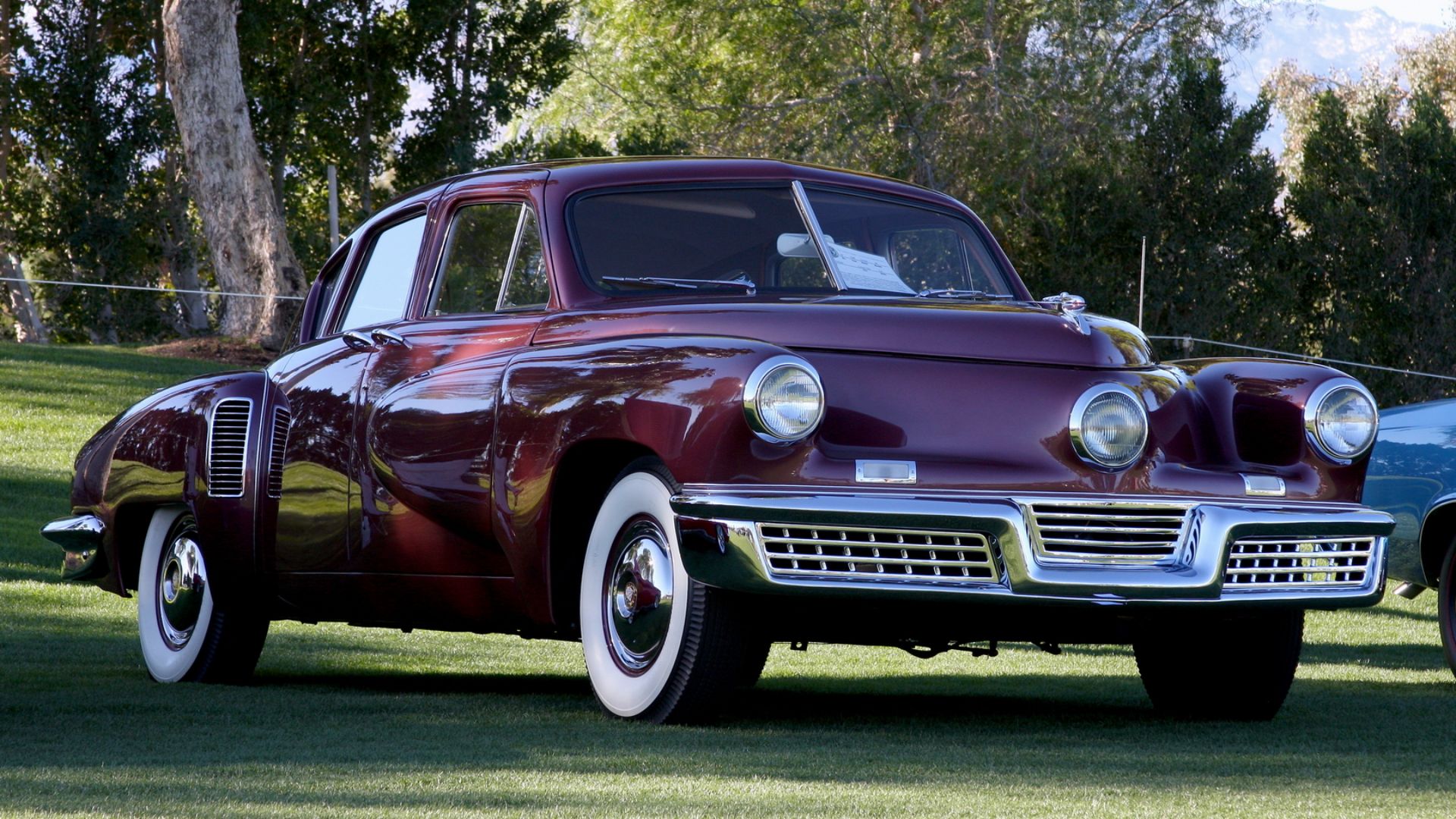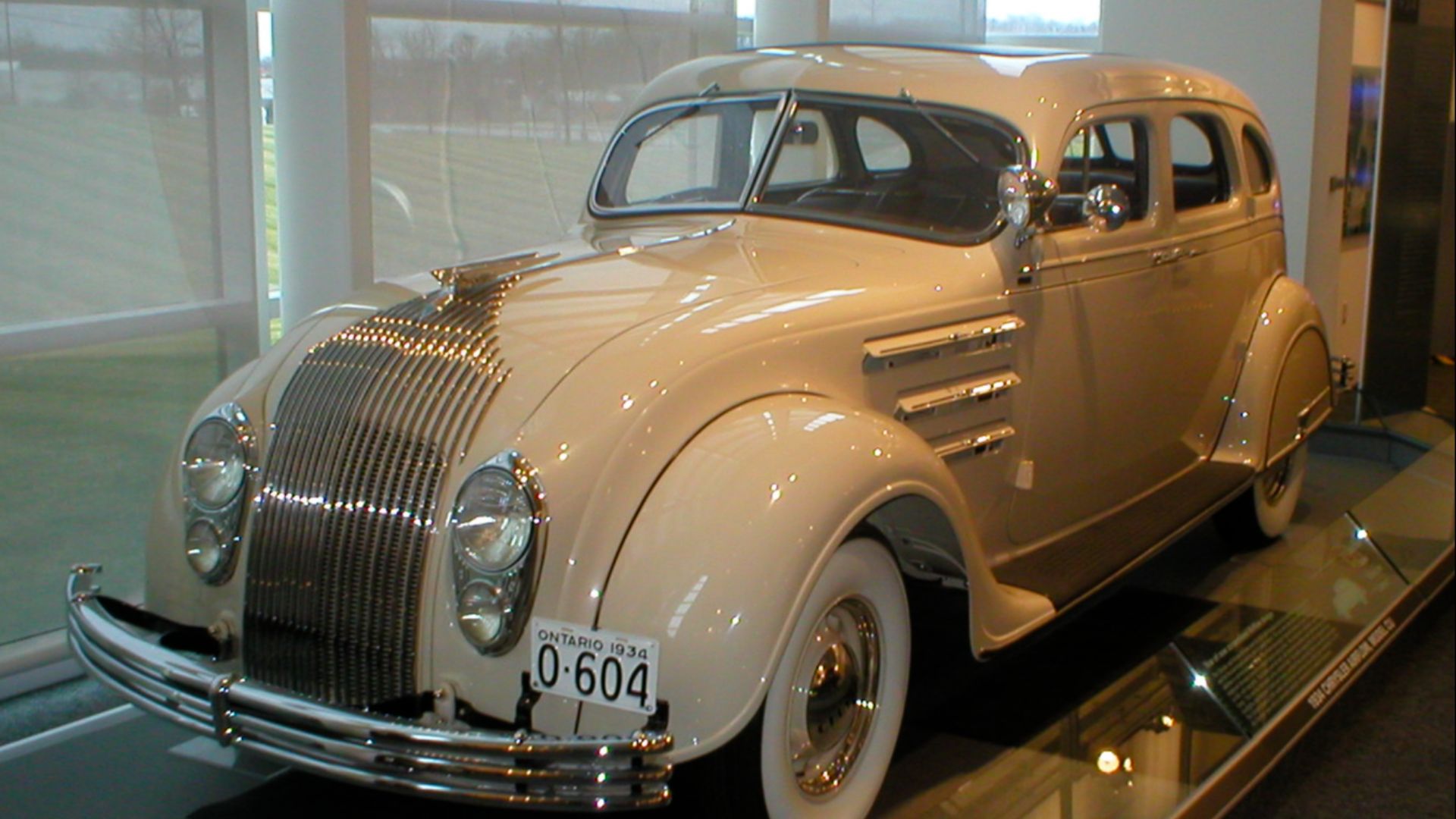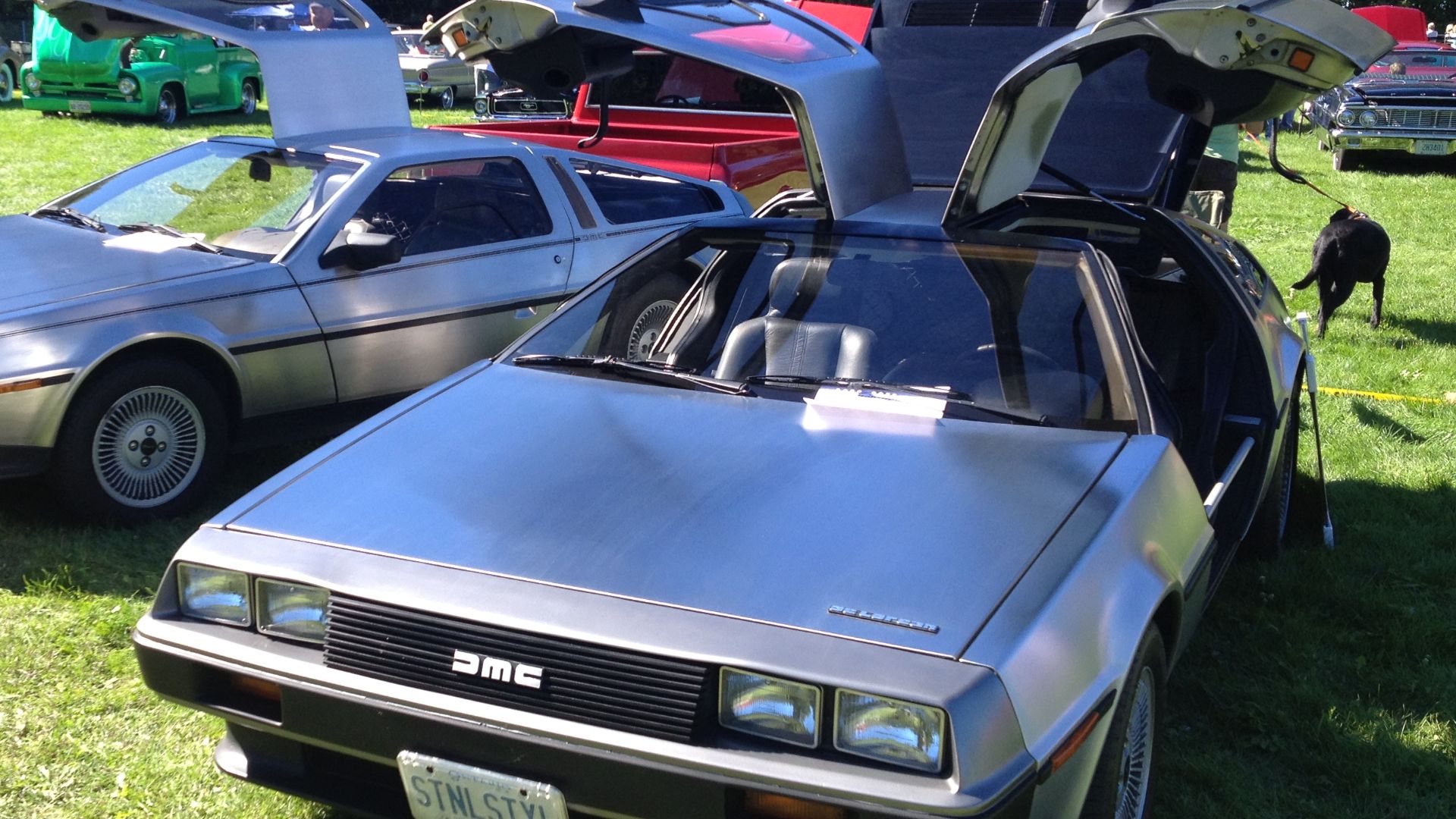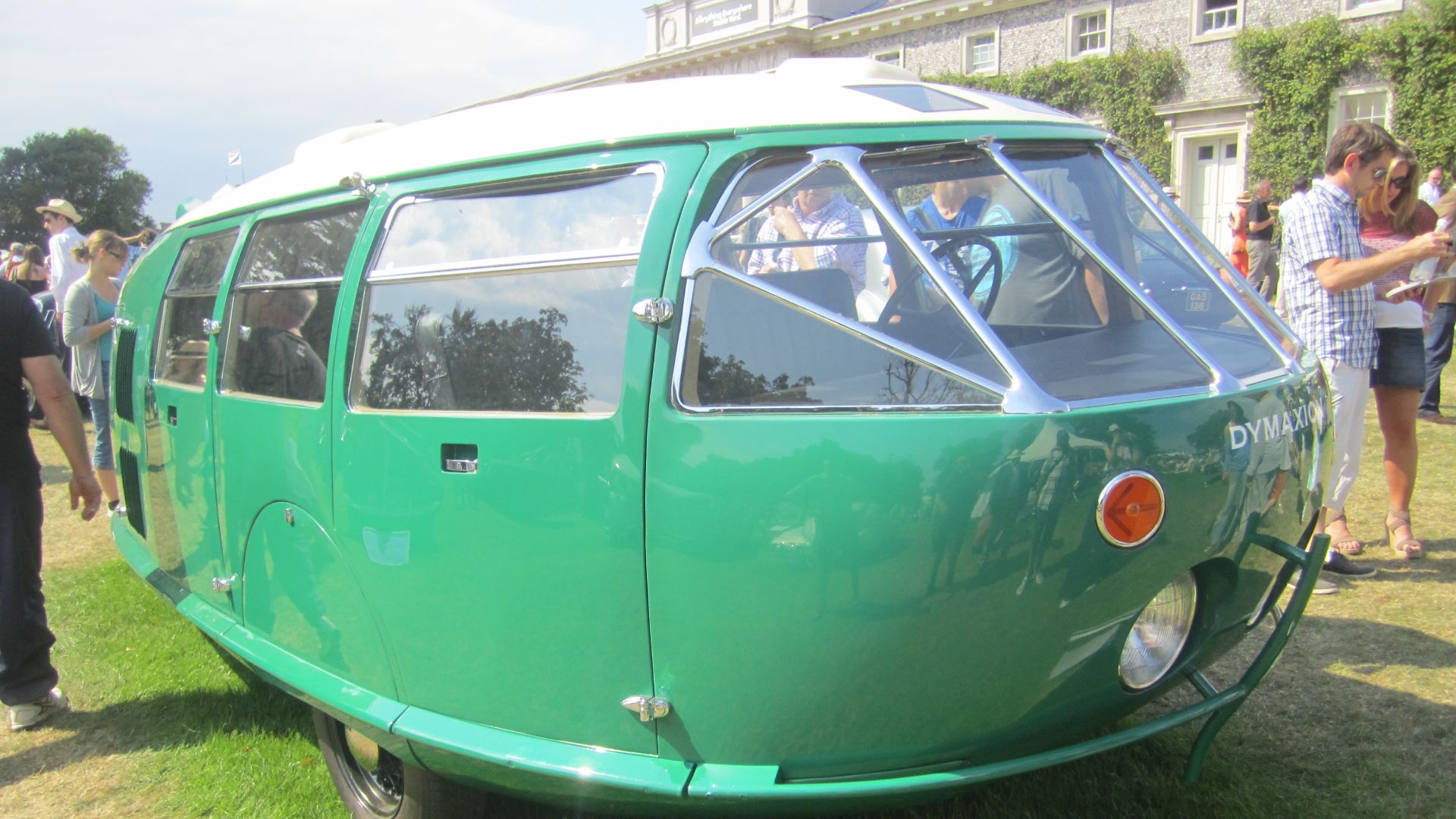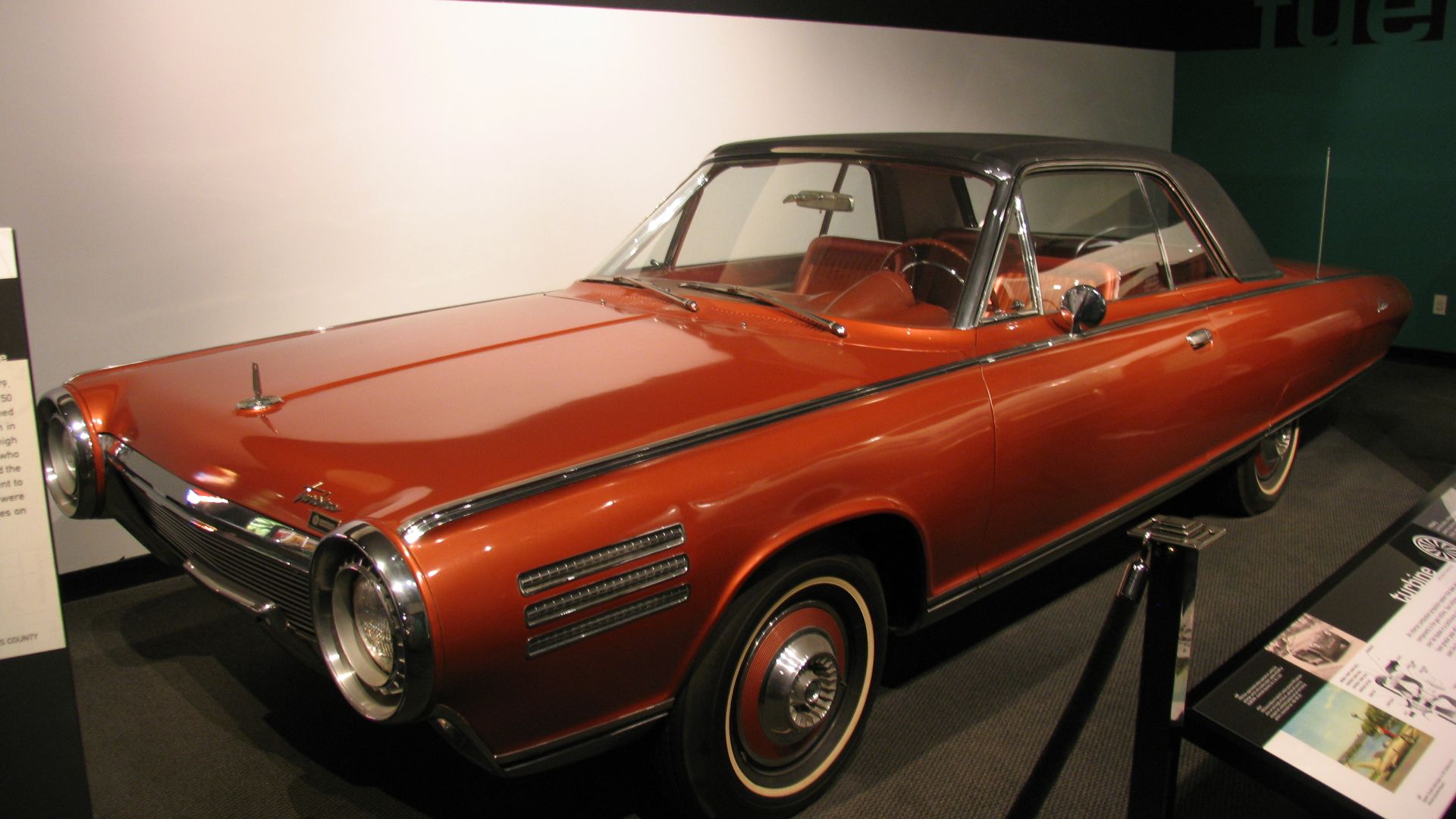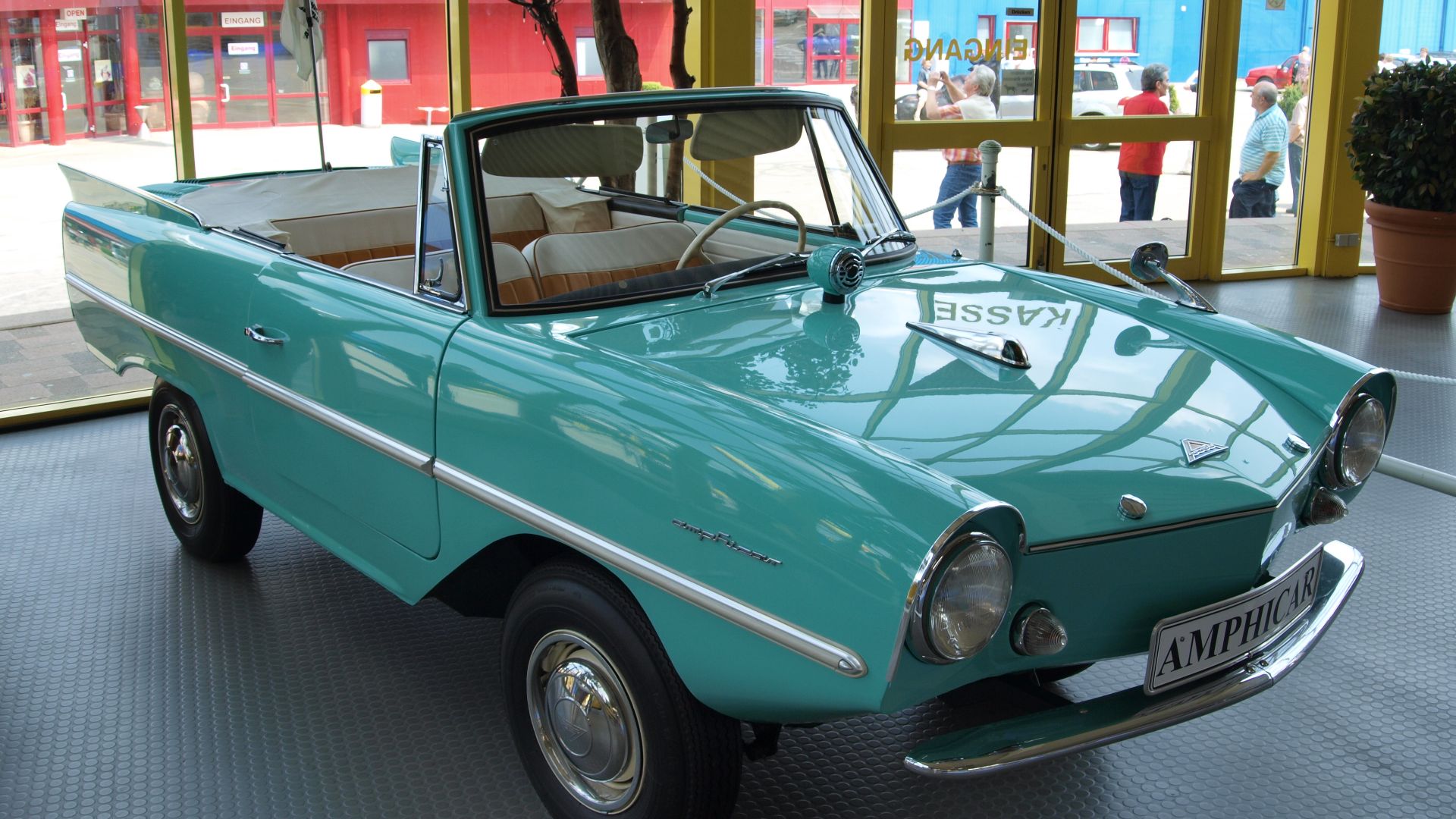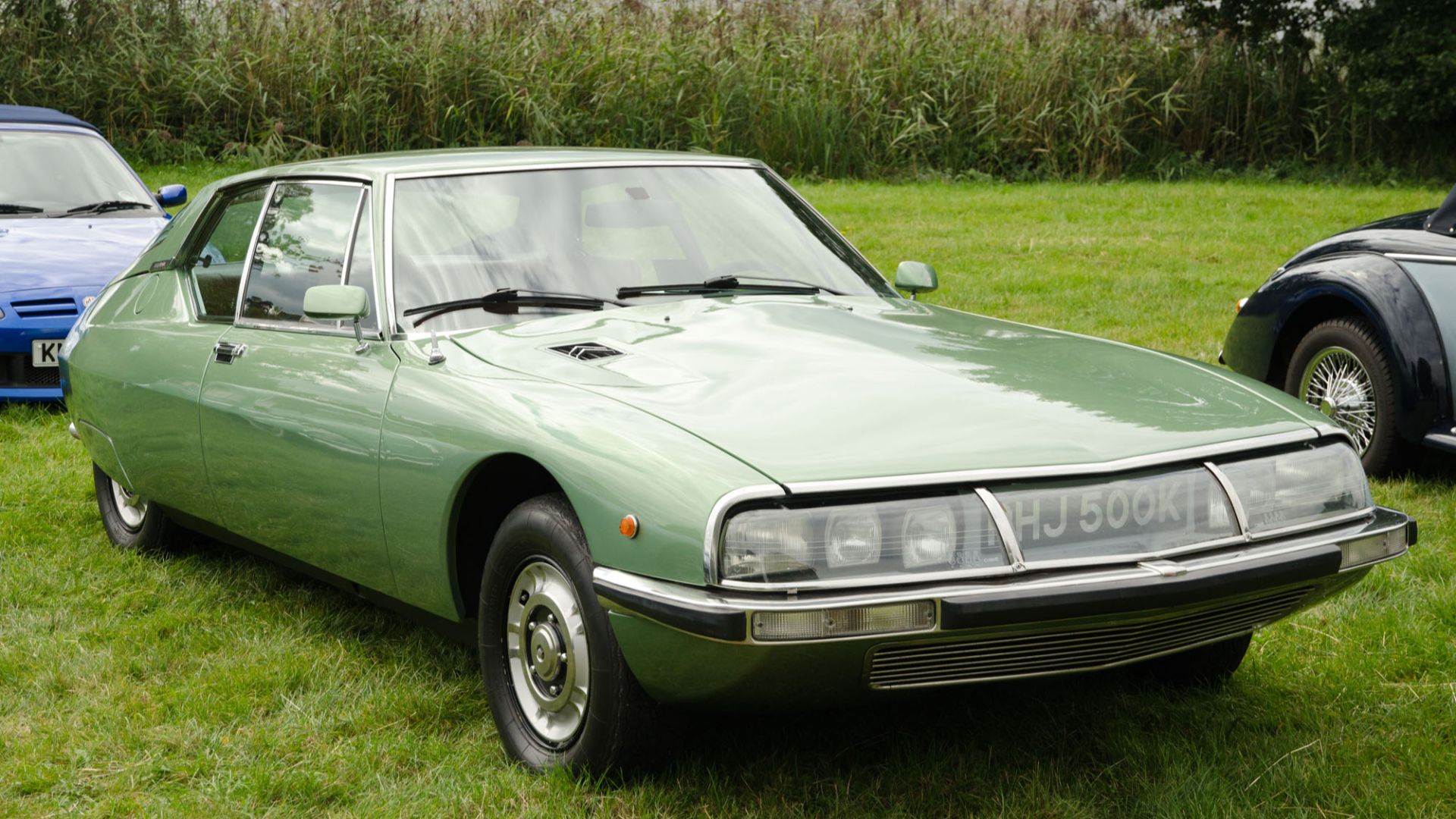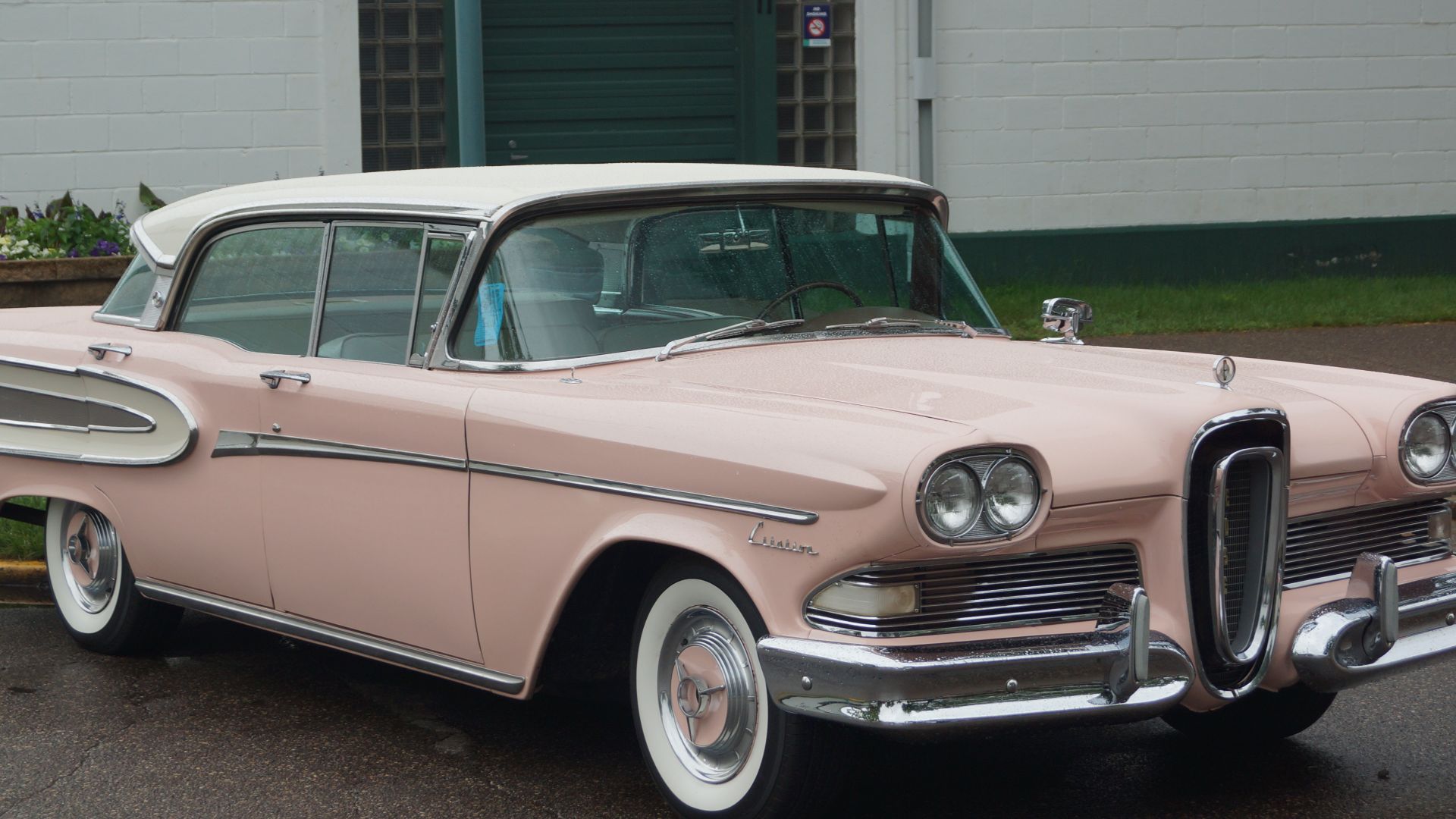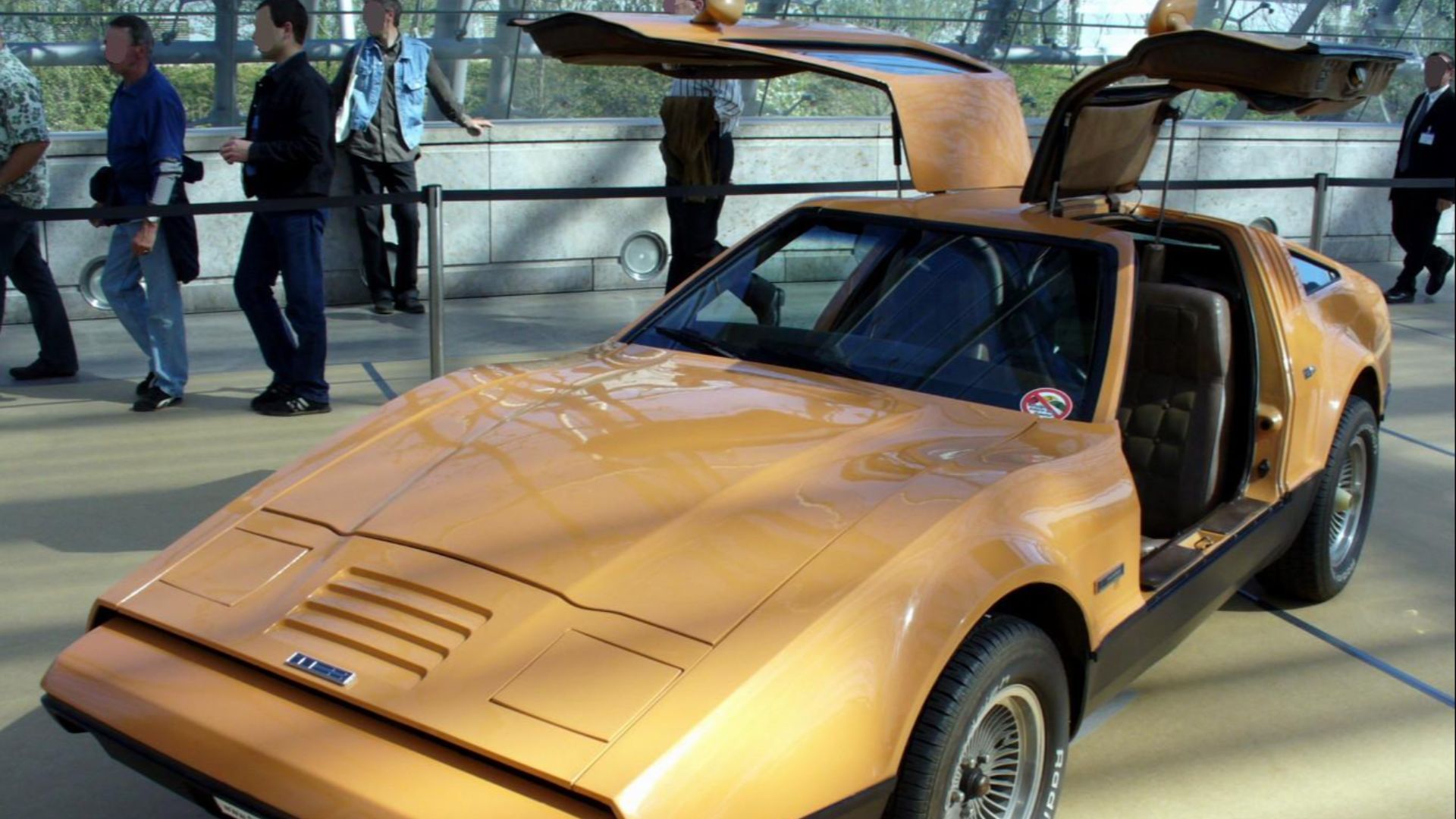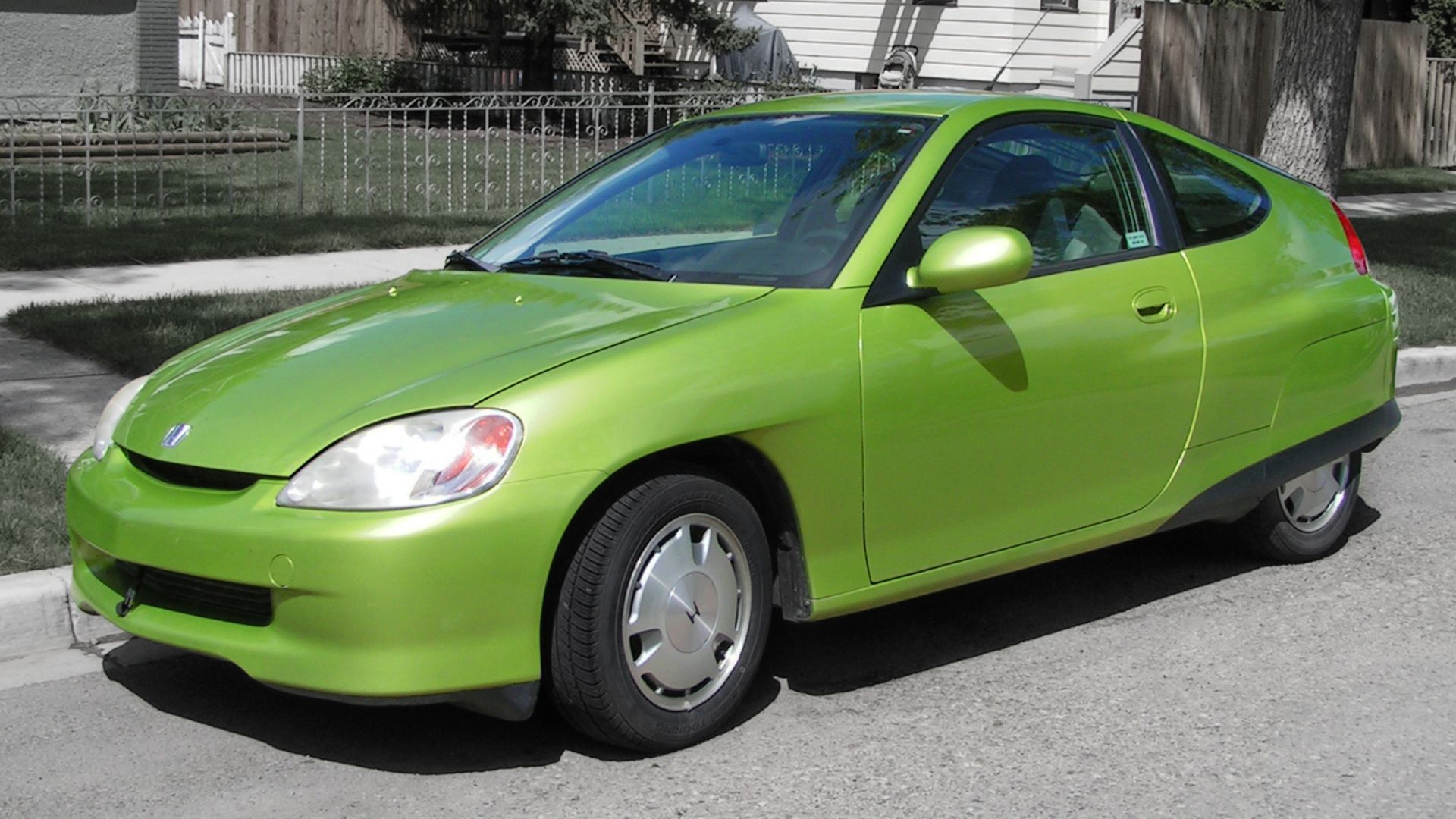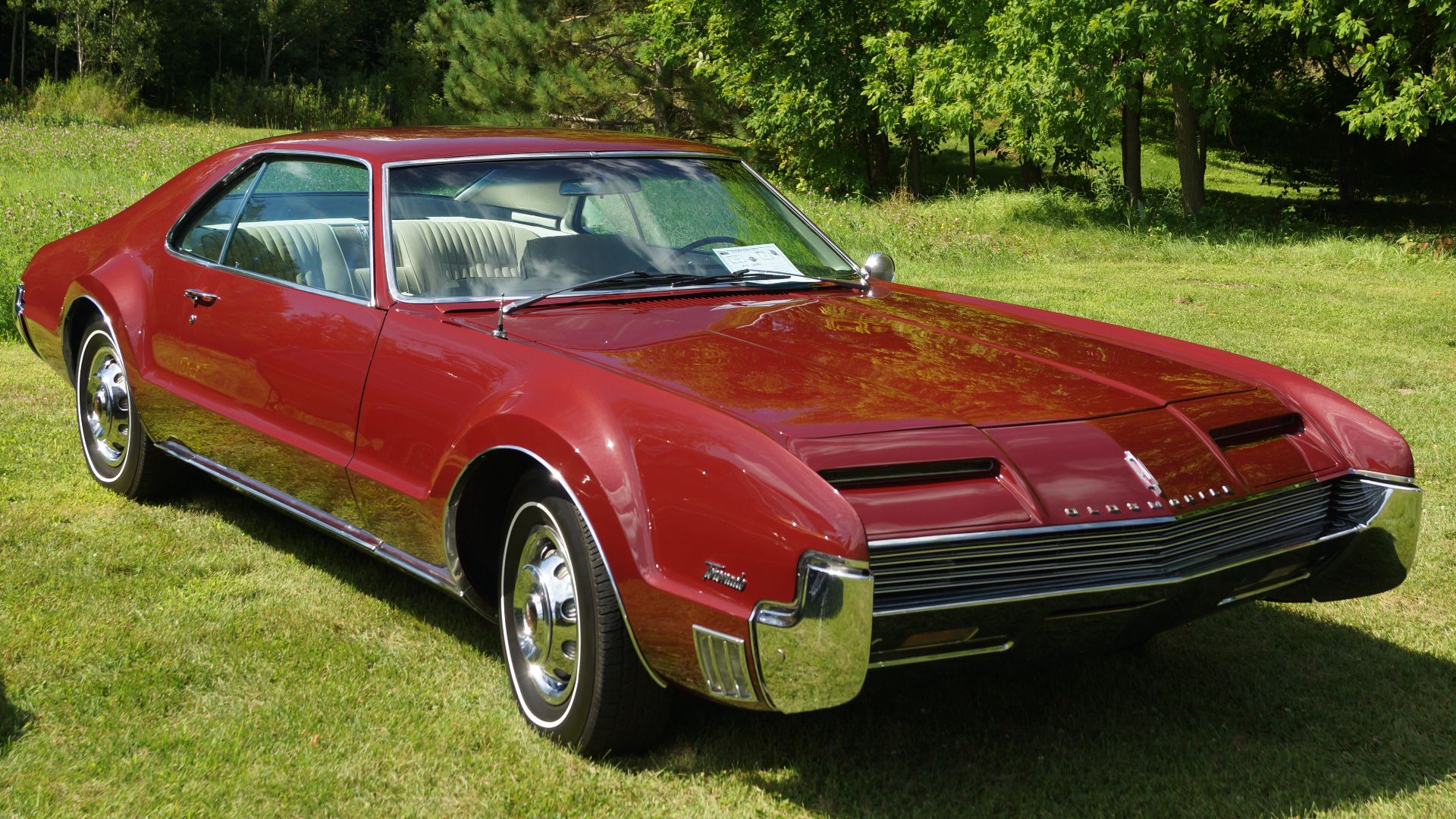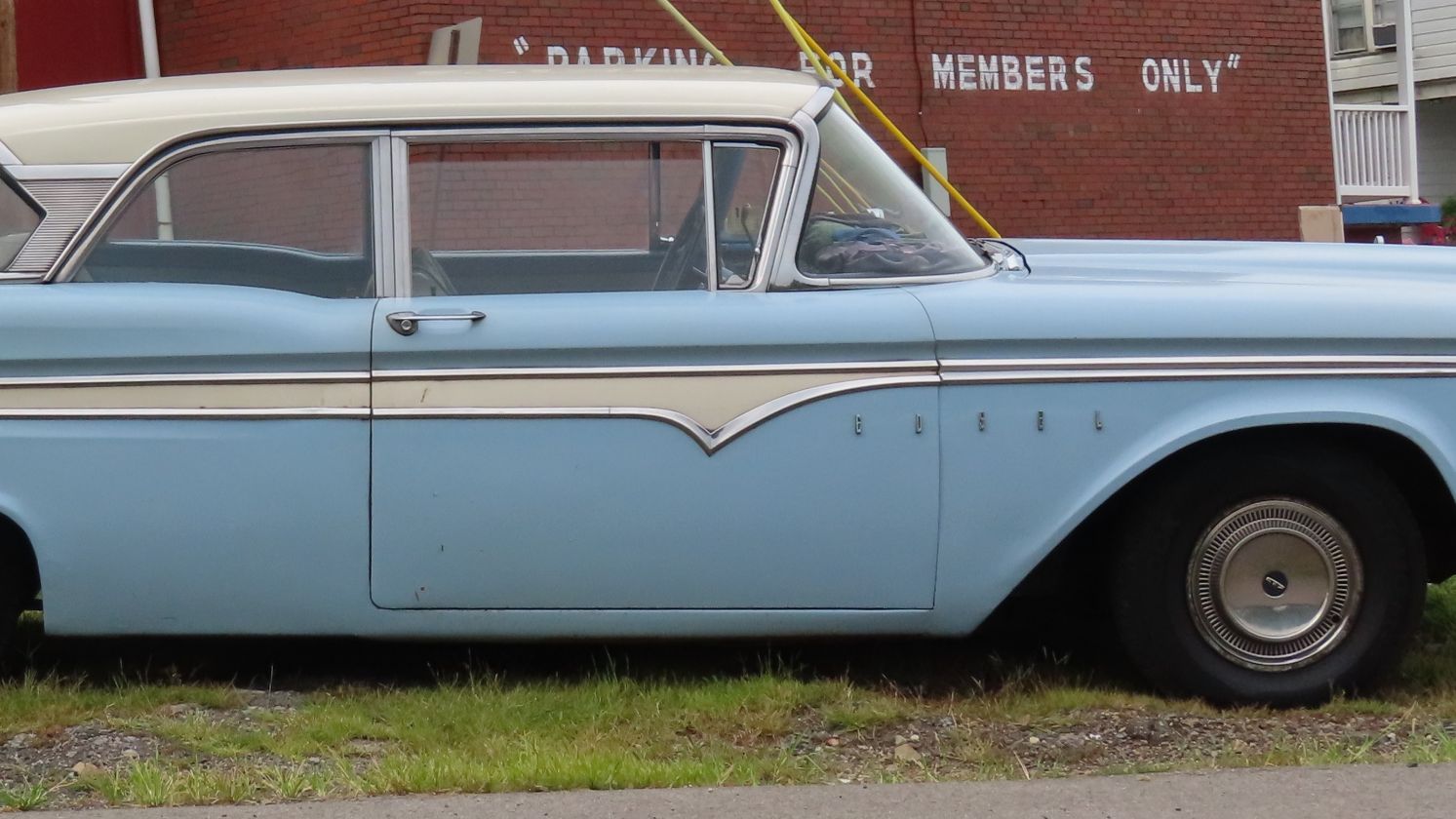The Wrong Place At The Wrong Time
Sometimes, genius shows up in the wrong decade. Many vehicles stormed ahead of their time, only to be stalled by public doubt or clumsy design. What promised to revolutionize garages quietly vanished instead and left behind regret and questions that still echo through automotive history. Here are 20 cars that should have changed the world but didn't.
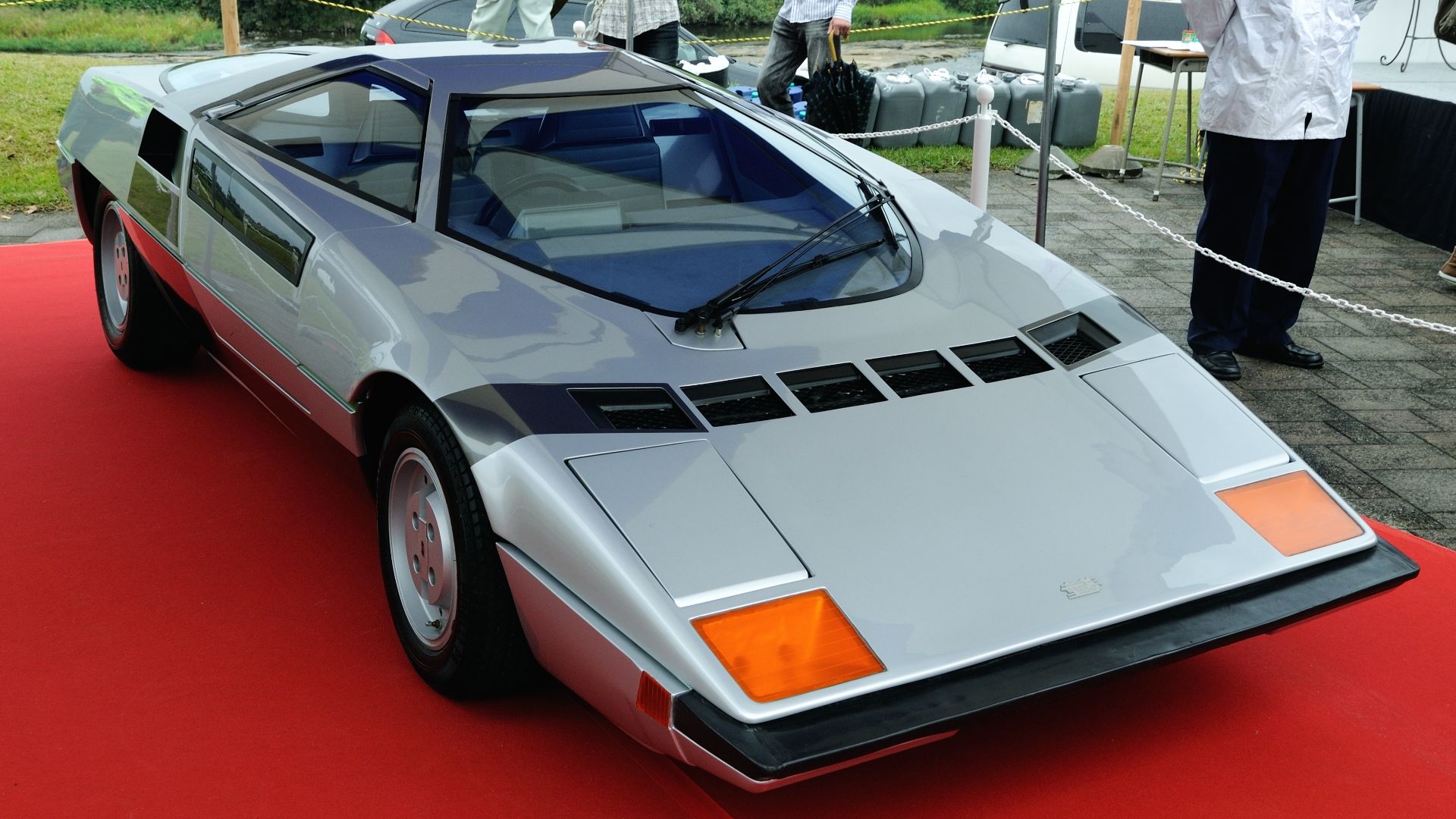 contri from Yonezawa-Shi, Yamagata, Japan on Wikimedia
contri from Yonezawa-Shi, Yamagata, Japan on Wikimedia
1. Tucker 48 (1948)
Launched with fanfare, the Tucker 48 introduced pop-out windshields and a rear-mounted flat-six. This safety-packed marvel threatened and shook competitors in Detroit. Just 51 units were made before legal pressure buried it. If the Big Three hadn't felt so threatened, maybe some of us would have driven it.
2. Chrysler Airflow (1934)
Aerodynamics drove the Airflow's design—literally. Wind tunnel-tested and streamliner-shaped, it looked like the future but arrived in a world clinging to yesterday. Despite being decades ahead in efficiency and layout, it failed. Innovation without timing? That's just a museum piece in the making.
3. GM EV1 (1996–1999)
Crushed in secrecy, the GM EV1 was the first true mass-market electric car. It was loved, then repossessed and destroyed. Powered by lead-acid, then NiMH batteries, it promised a quiet revolution. Till today, questions linger about who pulled the plug on this electric dream.
 RightBrainPhotography (Rick Rowen) on Wikimedia
RightBrainPhotography (Rick Rowen) on Wikimedia
4. DeLorean DMC-12 (1981–1983)
With stainless steel shimmering and gull wings lifting as part of the design, the world expected magic from this Giugiaro-designed car that looked like science fiction. Yet, underpowered performance and manufacturing nightmares grounded the DMC-12. Now, you'll only find its legacy in Hollywood and collectors' garages.
5. Dymaxion Car (1933)
Teardrop-shaped and airplane-inspired, the Dymaxion seated 11 and steered from the rear. Buckminster Fuller's wild invention looked like the future of mass transit. Sadly, one fatal crash during testing doomed its chances. You can't mass-produce brilliance if the public loses trust.
6. Fisker Karma (2011–2012)
The Fisker Karma had flair and plug-in ambition. This sleek, electric car was designed by Henrik Fisker and backed by Leonardo DiCaprio. It nearly made luxury hybrids cool, but reliability issues, battery recalls, and Hurricane Sandy wiped out inventory and momentum.
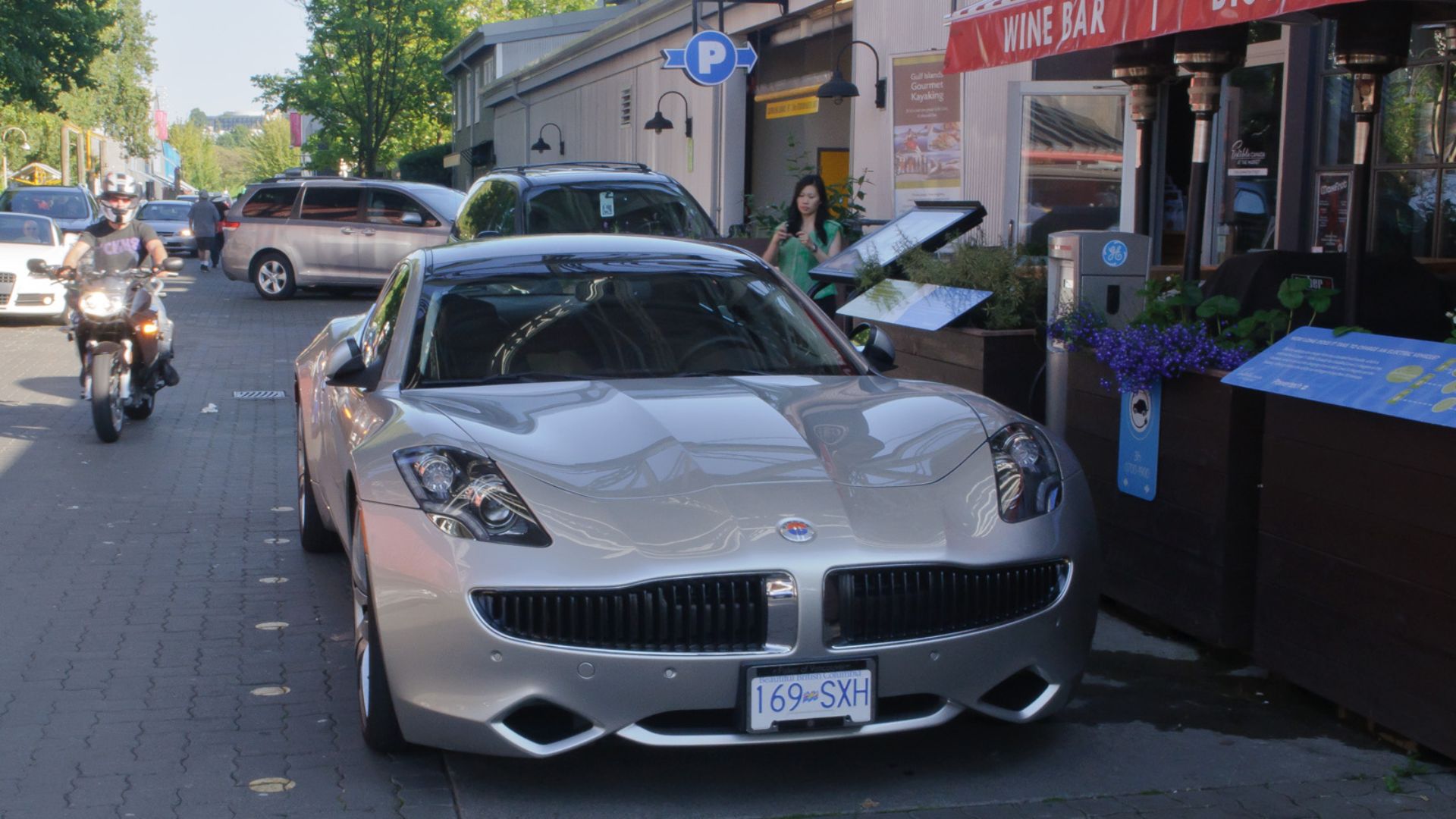 InSapphoWeTrust from Los Angeles, California, USA on Wikimedia
InSapphoWeTrust from Los Angeles, California, USA on Wikimedia
7. Chevrolet Volt (2010–2019)
Hybrid power and daily convenience met in the Volt. With 38 electric miles and a gas backup, it solved range anxiety. Yet few embraced it. Why? Awkward marketing and early EV resistance. Many overlooked it, but this car paved the way for today's widespread acceptance of electric vehicles.
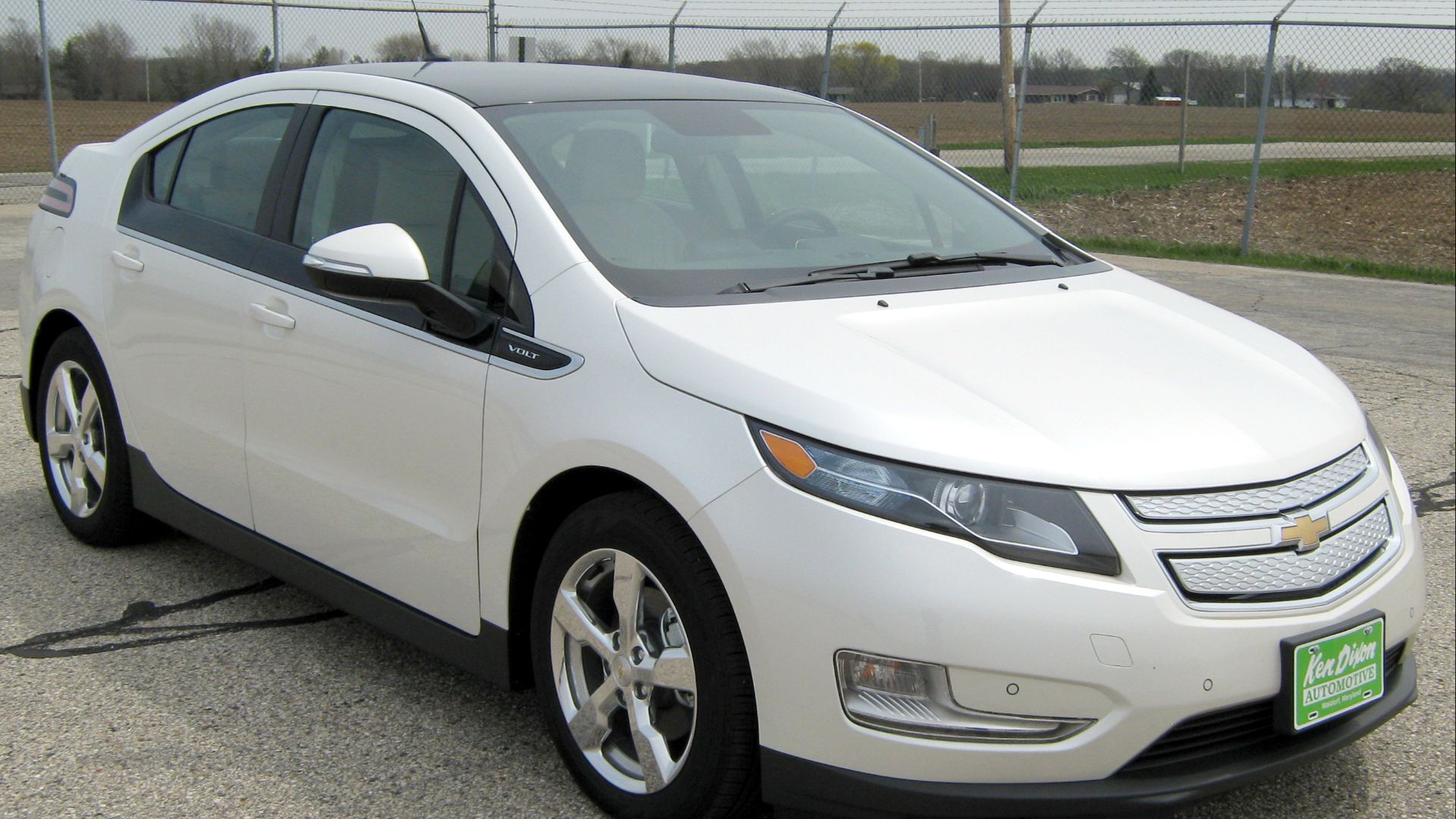 U.S. National Highway Traffic Safety Administration on Wikimedia
U.S. National Highway Traffic Safety Administration on Wikimedia
8. Chrysler Turbine Car (1963–1964)
Roaring like a jet, the Turbine Car ran on anything from diesel and kerosene to even perfume. Only 55 were made, and twenty-six were later destroyed. Hand-built in Italy and tested in the U.S., this futuristic cruiser stunned crowds.
9. BMW Hydrogen 7 (2005–2007)
Hydrogen dreams materialized in this car. This BMW sedan ran on either gasoline or liquid hydrogen. It quietly proved hydrogen was viable, but the fueling infrastructure wasn't. Only 100 units went to influencers and politicians. Owning one would likely require you to have your own hydrogen station.
 More Cars from Berlin, Germany on Wikimedia
More Cars from Berlin, Germany on Wikimedia
10. Amphicar Model 770 (1961–1968)
The Amphicar, designed for dual purposes, splashed onto roads and into rivers. Built in West Germany, it could hit 70 mph on land and 7 knots in water. Sounds thrilling, right? Yet limited practicality sank its promise. One was better off with a boat and a hatchback.
11. Citroën SM (1970–1975)
Luxury met absurd innovation when Citroën dropped a Maserati V6 into a hydropneumatic spaceship. Features like self-leveling suspension and stunning aerodynamics defined the SM. France went bold, but reliability lagged. Driving it made one feel like royalty, but maintaining it was too much trouble.
12. Edsel By Ford (1958–1960)
Named after Henry Ford's son, the Edsel was hyped to redefine family cars. Instead, it flopped spectacularly. It launched during a recession with a heavy price tag, and it's overstyling confused buyers. Designers even included a push-button gear selector inside the steering wheel.
13. Bricklin SV-1 (1974–1975)
Safety came standard in the SV-1, a Canadian-made sports car with gull-wing doors and built-in crash protection. Sounds impressive? Production delays and electrical problems set its doom in motion, and odd colors like "Safety Suntan" sealed its fate. Find one today, and you've spotted a unicorn.
14. Renault Avantime (2001–2003)
Weirdly wonderful, the Avantime combined minivan comfort with coupe styling. It lacked competition because no one else dared blend body types so boldly. Sadly, many buyers did not fancy the design. You've probably never seen one outside a car show, but design students still study its absurd bravery.
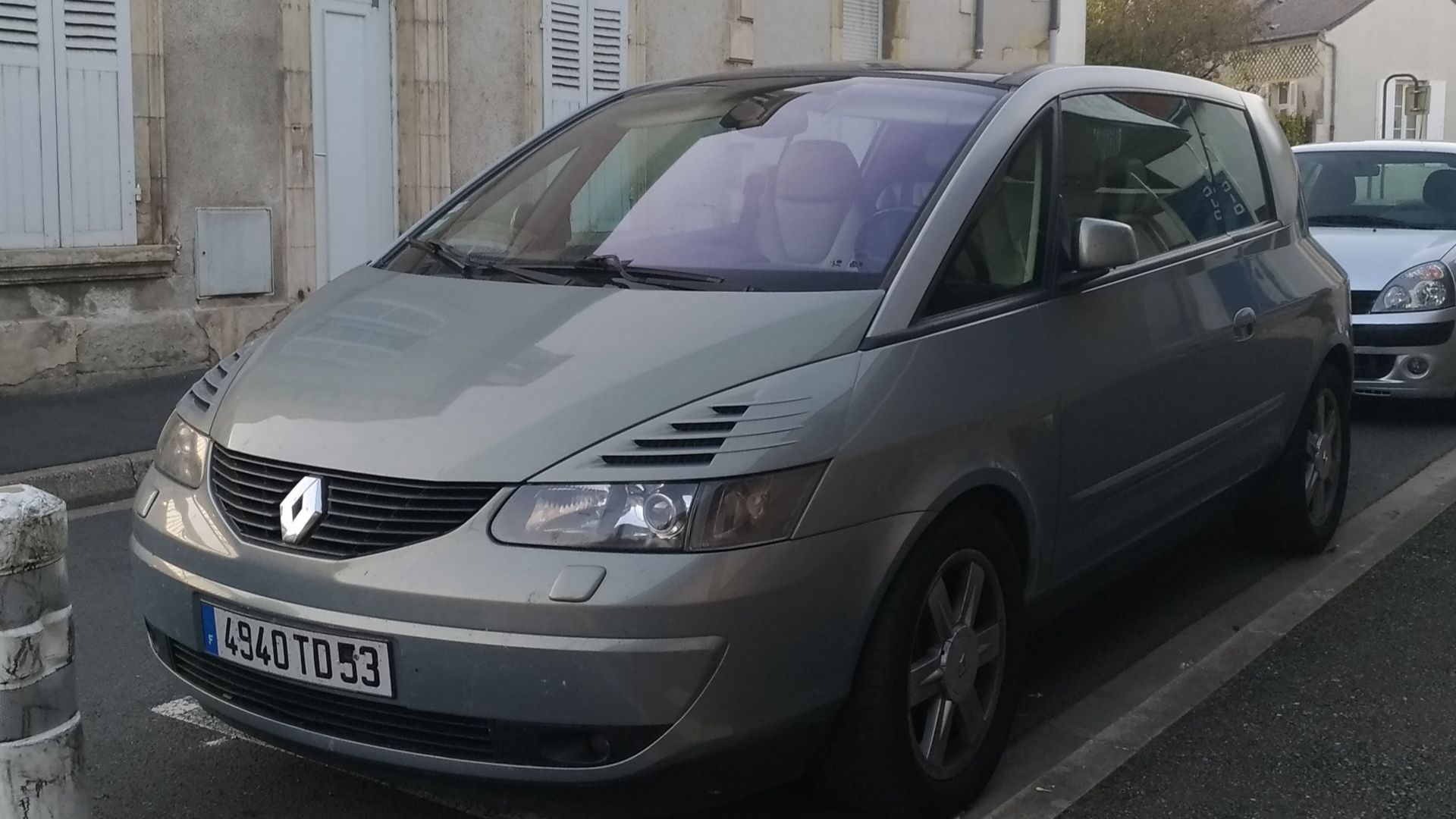 Guillaume Vachey from Chalon sur Saone, France on Wikimedia
Guillaume Vachey from Chalon sur Saone, France on Wikimedia
15. Chevrolet Corvair (1960–1969)
The Corvair with an air-cooled engine in the rear dared to be different until Ralph Nader crashed the party with his book Unsafe at Any Speed, which critiqued the auto industry for putting style over safety. GM's pride became a legal and PR disaster.
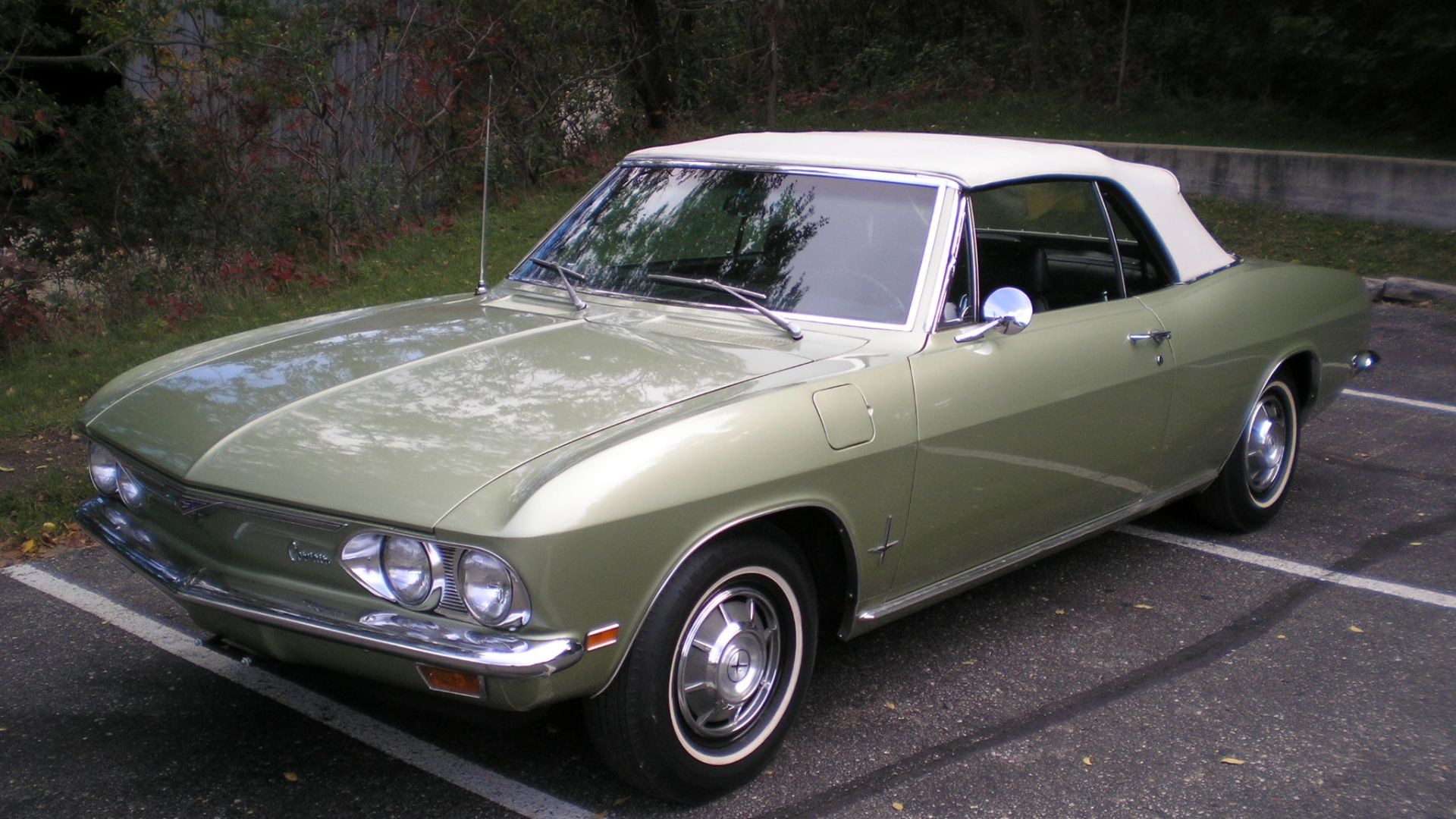 Vegavairbob (talk)Robert Spinello on Wikimedia
Vegavairbob (talk)Robert Spinello on Wikimedia
16. Honda Insight (1999–2006)
Aerodynamic teardrop, two-seater design, aluminum body, and a hybrid powertrain—it all launched before Prius mania. Honda's Insight hit 70+ mpg but lacked space and flair. Commuters skipped it. If people had chosen function over flash, they'd have driven the hybrid future before it trended.
17. Sebring-Vanguard CitiCar (1974–1977)
The boxy and silent CitiCar emerged during the oil crisis. This Florida-built EV was slow. It topped out at 38 mph and ran 40 miles per charge. CitiCar sold better than you may think. Yet once fuel prices normalized, people forgot it existed.
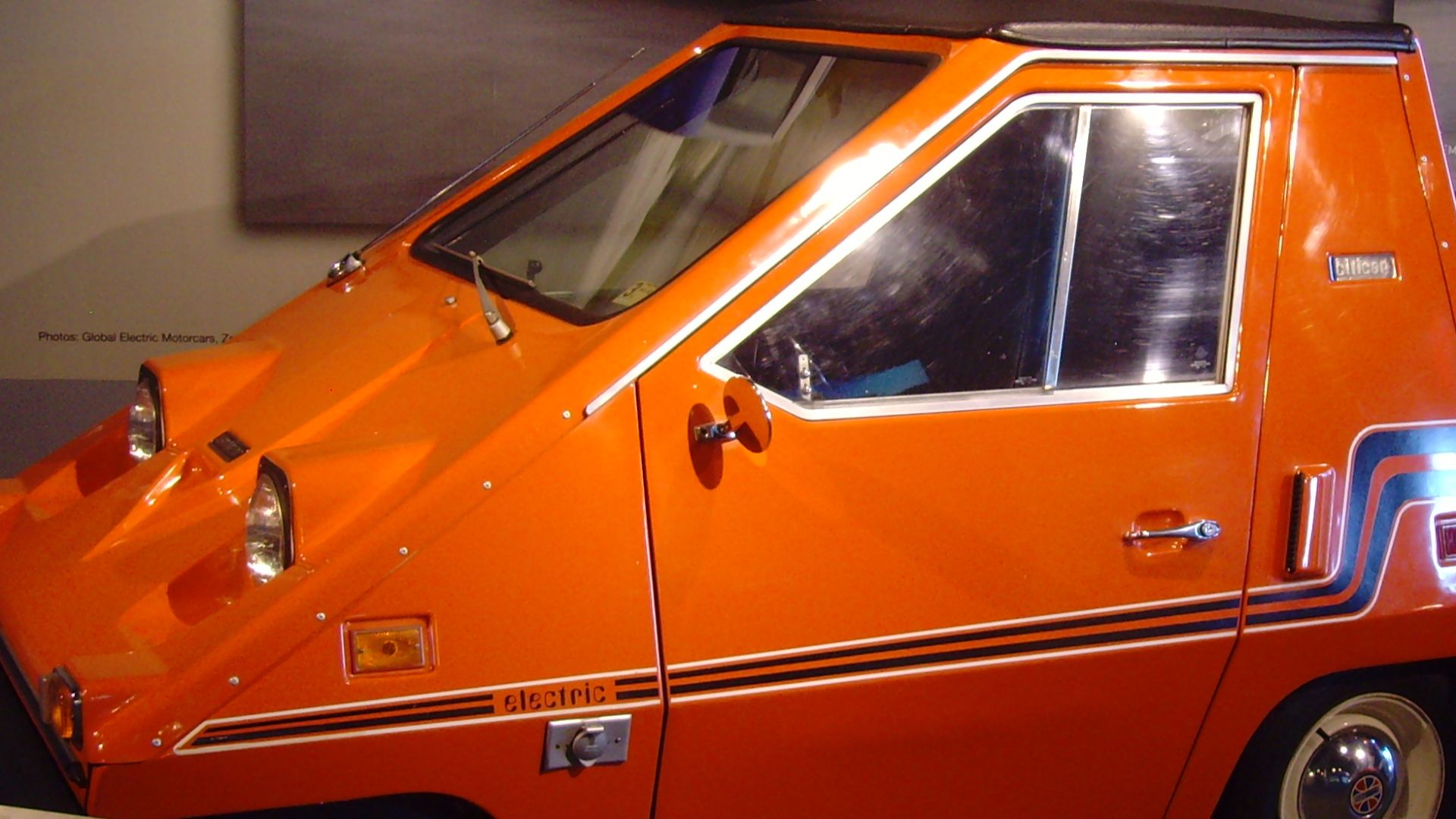 Klaus Nahr from Germany;cropped by uploader Mr.choppers on Wikimedia
Klaus Nahr from Germany;cropped by uploader Mr.choppers on Wikimedia
18. BMW 2002 Turbo (1973–1974)
Turbocharging reached the street with this aggressive Bavarian machine. Launched just as the oil crisis hit, it scared governments and drivers alike. Reverse "Turbo" lettering on the nose warned others in their mirrors. Yes, it was powerful, but it launched too early.
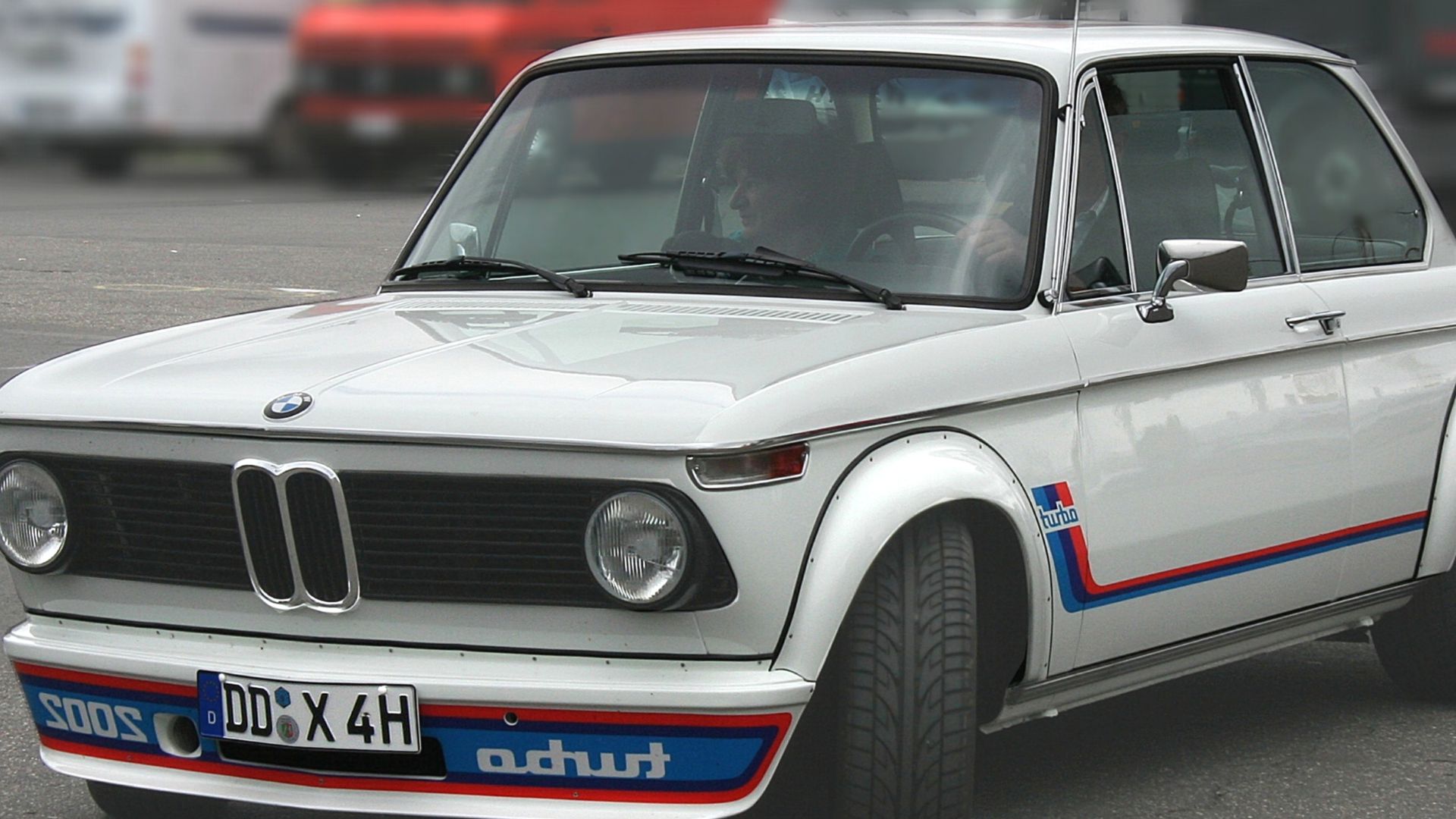 Spurzem - Lothar Spurzem on Wikimedia
Spurzem - Lothar Spurzem on Wikimedia
19. Dome Zero (1978)
The Dome Zero, wedge-shaped and wild, impressed crowds in Geneva. Japan almost birthed a supercar icon, but regulations blocked its production. Low, futuristic, and race-ready, it oozed ambition. Unless you've raced it in an old Gran Turismo game, you've likely never heard of it.
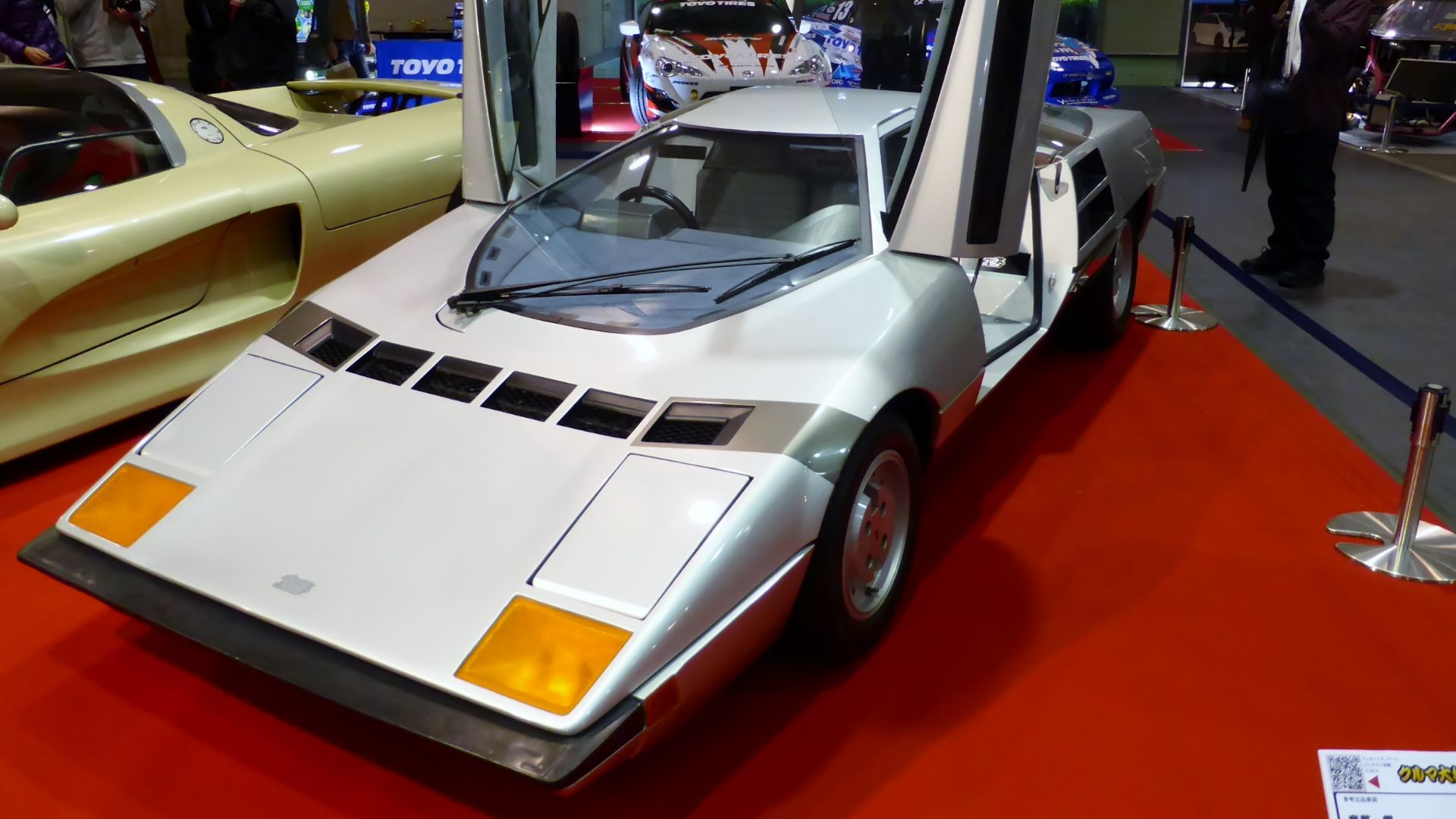 Tokumeigakarinoaoshima on Wikimedia
Tokumeigakarinoaoshima on Wikimedia
20. Oldsmobile Toronado (1966–1992)
Front-wheel drive in a big American coupe made the Toronado shocking to traditionalists. It handled winter roads better than expected and packed V8 muscle under sculpted fenders. Despite the innovation, buyers stuck to rear-drive giants. A bold pivot was ignored in favor of big chrome comfort.


